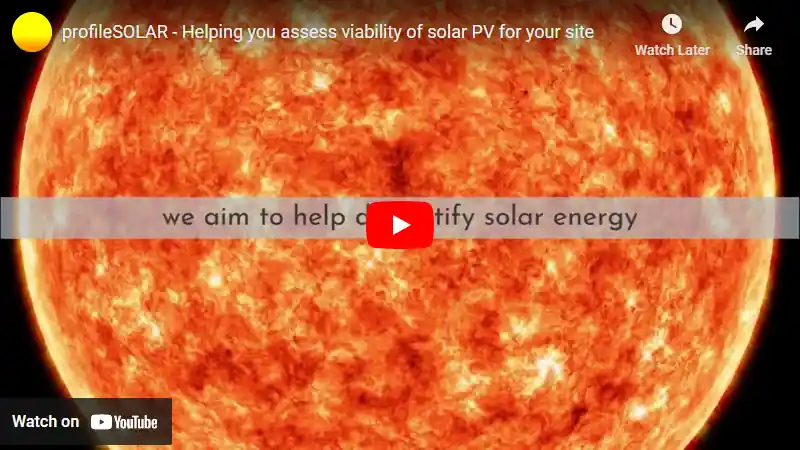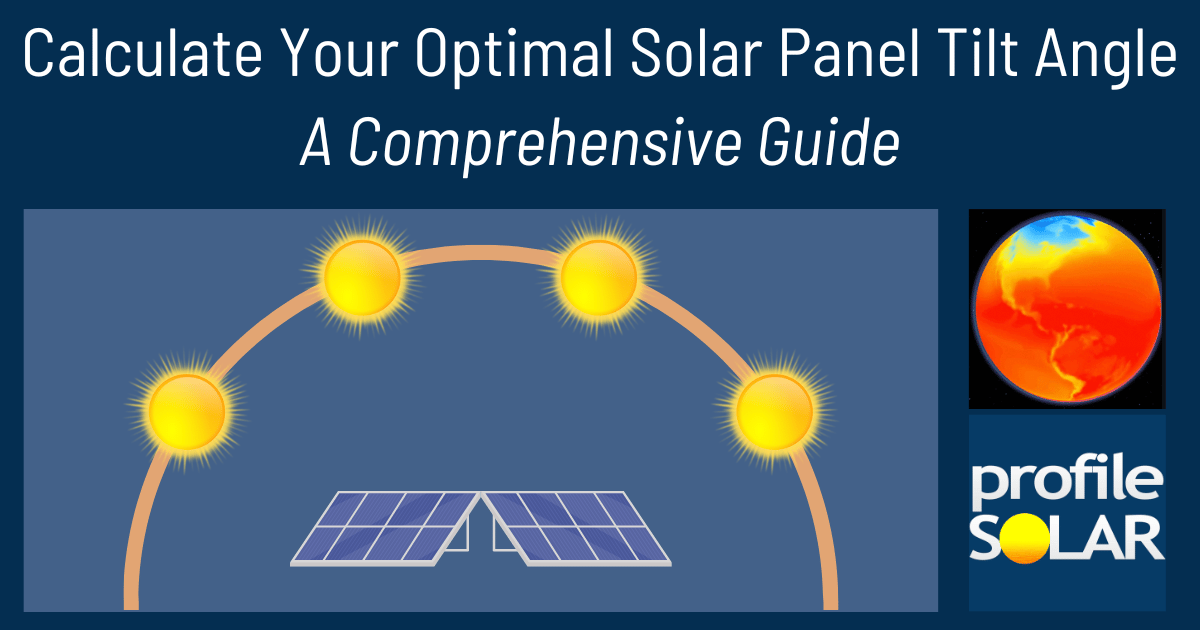

George Town, Penang, Malaysia is a great location for producing solar energy all year round. This city lies in the Tropics where sunlight is abundant and consistent throughout the year. The average amount of electricity that can be generated per kilowatt of installed solar panels varies little from season to season: 5.44kWh/day in Summer, 5.19kWh/day in Autumn, 5.75kWh/day in Winter, and 5.95kWh/day in Spring.
This means that regardless of the time of year, you can expect to generate a good amount of electricity from your solar panels if they're installed here. However, it's worth noting that Spring and Winter seem to be slightly more productive seasons than Summer or Autumn.
When installing your solar panels at this location, it's best to tilt them at an angle facing 5 degrees South for maximum efficiency throughout the entire year.
As far as environmental or weather factors are concerned that might affect your energy production; George Town does experience wet and dry seasons which could potentially impact your output levels depending on how heavy or frequent rainfall may be during those times - rain can reduce sunlight exposure on panels thereby reducing power generation temporarily until conditions improve again.
To mitigate these potential issues caused by rain (or other debris like leaves), you could consider installing automated cleaning systems or protective coatings onto your panels to help maintain their efficiency even during less ideal weather conditions.
In addition there may also be local regulations regarding installation heights or locations which should also be taken into account before proceeding with any installations - always check with local authorities first!
Overall though based on data provided above; George Town appears a very promising site indeed for generating reliable amounts of solar power throughout each & every season!
Note: The Tropics are located between 23.5° North and -23.5° South of the equator.
So far, we have conducted calculations to evaluate the solar photovoltaic (PV) potential in 73 locations across Malaysia. This analysis provides insights into each city/location's potential for harnessing solar energy through PV installations.
Link: Solar PV potential in Malaysia by location
Solar output per kW of installed solar PV by season in George Town
Seasonal solar PV output for Latitude: 5.4244, Longitude: 100.333 (George Town, Malaysia), based on our analysis of 8760 hourly intervals of solar and meteorological data (one whole year) retrieved for that set of coordinates/location from NASA POWER (The Prediction of Worldwide Energy Resources) API:




Ideally tilt fixed solar panels 5° South in George Town, Malaysia
To maximize your solar PV system's energy output in George Town, Malaysia (Lat/Long 5.4244, 100.333) throughout the year, you should tilt your panels at an angle of 5° South for fixed panel installations.
As the Earth revolves around the Sun each year, the maximum angle of elevation of the Sun varies by +/- 23.45 degrees from its equinox elevation angle for a particular latitude. Finding the exact optimal angle to maximise solar PV production throughout the year can be challenging, but with careful consideration of historical solar energy and meteorological data for a certain location, it can be done precisely.
We use our own calculation, which incorporates NASA solar and meteorological data for the exact Lat/Long coordinates, to determine the ideal tilt angle of a solar panel that will yield maximum annual solar output. We calculate the optimal angle for each day of the year, taking into account its contribution to the yearly total PV potential at that specific location.

Seasonally adjusted solar panel tilt angles for George Town, Malaysia
If you can adjust the tilt angle of your solar PV panels, please refer to the seasonal tilt angles below for optimal solar energy production in George Town, Malaysia. As mentioned earlier, for fixed-panel solar PV installations, it is optimal to maintain a 5° South tilt angle throughout the year.
| Overall Best Summer Angle | Overall Best Autumn Angle | Overall Best Winter Angle | Overall Best Spring Angle |
|---|---|---|---|
| 11° North in Summer | 11° South in Autumn | 20° South in Winter | 1° North in Spring |
Our recommendations take into account more than just latitude and Earth's position in its elliptical orbit around the Sun. We also incorporate historical solar and meteorological data from NASA's Prediction of Worldwide Energy Resources (POWER) API to assign a weight to each ideal angle for each day based on its historical contribution to overall solar PV potential during a specific season.
This approach allows us to provide much more accurate recommendations than relying solely on latitude, as it considers unique weather conditions in different locations sharing the same latitude worldwide.
Calculate solar panel row spacing in George Town, Malaysia
We've added a feature to calculate minimum solar panel row spacing by location. Enter your panel size and orientation below to get the minimum spacing in George Town, Malaysia.
Our calculation method
- Solar Position:
We determine the Sun's position on the Winter solstice using the location's latitude and solar declination. - Shadow Projection:
We calculate the shadow length cast by panels using trigonometry, considering panel tilt and the Sun's elevation angle. - Minimum Spacing:
We add the shadow length to the horizontal space occupied by tilted panels.
This approach ensures maximum space efficiency while avoiding shading during critical times, as the Winter solstice represents the worst-case scenario for shadow length.
Topography for solar PV around George Town, Malaysia
George Town, Malaysia is located on the northeastern corner of Penang Island. The topography around George Town is a mix of coastal plains and hilly terrain. The city itself lies on a flat land along the coast, while its suburbs extend into the hills.
The areas most suited for large-scale solar PV installations would be those with ample sunlight and flat or gently sloping terrain to allow for easy installation and maximum exposure to sunlight. In this context, the coastal plains around George Town could be suitable locations given their relatively flat terrain.
However, it's important to note that factors such as local climate (including cloud cover), land use restrictions, proximity to power transmission lines, and potential environmental impact should also be considered when choosing sites for large-scale solar projects.
Additionally, in an urban setting like George Town where available land may be limited due to buildings and infrastructure, rooftop solar installations can also be a viable option. This approach has been successfully implemented in many cities around the world where space is at a premium.
Another potentially suitable area could be reclaimed lands which are typically flat but it would require careful consideration of other factors such as soil stability etc.
For more precise identification of suitable locations for large-scale solar PV installations in and around George Town or any other location requires detailed site surveys including aspects like sun path analysis across different seasons among others.
Malaysia solar PV Stats as a country
Malaysia ranks 33rd in the world for cumulative solar PV capacity, with 1,787 total MW's of solar PV installed. This means that 2.40% of Malaysia's total energy as a country comes from solar PV (that's 32nd in the world). Each year Malaysia is generating 55 Watts from solar PV per capita (Malaysia ranks 51st in the world for solar PV Watts generated per capita). [source]
Are there incentives for businesses to install solar in Malaysia?
Yes, there are several incentives for businesses wanting to install solar energy in Malaysia. The Malaysian government offers a range of financial incentives and tax breaks for businesses that invest in renewable energy projects. These include the Renewable Energy Fund (REF), which provides grants and loans to support the development of renewable energy projects; the Green Technology Financing Scheme (GTFS), which provides financing for green technology investments; and the Feed-in Tariff (FiT) scheme, which guarantees a fixed price for electricity generated from renewable sources. Additionally, businesses may be eligible for capital allowances on their investments in solar energy systems.
Do you have more up to date information than this on incentives towards solar PV projects in Malaysia? Please reach out to us and help us keep this information current. Thanks!
Citation Guide
Article Details for Citation
Author: Aaron Robinson
Publisher: profileSOLAR.com
First Published: Friday 26th of April 2024
Last Updated: Wednesday 26th of June 2024
Tell Us About Your Work
We love seeing how our research helps others! If you've cited this article in your work, we'd be delighted to hear about it. Drop us a line via our Contact Us page or on X, to share where you've used our information - we may feature a link to your work on our site. This helps create a network of valuable resources for others in the solar energy community and helps us understand how our research is contributing to the field. Plus, we occasionally highlight exceptional works that reference our research on our social media channels.
Feeling generous?

Share this with your friends!


Compare this location to others worldwide for solar PV potential
The solar PV analyses available on our website, including this one, are offered as a free service to the global community. Our aim is to provide education and aid informed decision-making regarding solar PV installations.
However, please note that these analyses are general guidance and may not meet specific project requirements. For in-depth, tailored forecasts and analysis crucial for feasibility studies or when pursuing maximum ROI from your solar projects, feel free to contact us; we offer comprehensive consulting services expressly for this purpose.
Helping you assess viability of solar PV for your site
Calculate Your Optimal Solar Panel Tilt Angle: A Comprehensive Guide
Enhance your solar panel's performance with our in-depth guide. Determine the best tilt angle using hard data, debunk common misunderstandings, and gain insight into how your specific location affects solar energy production.







